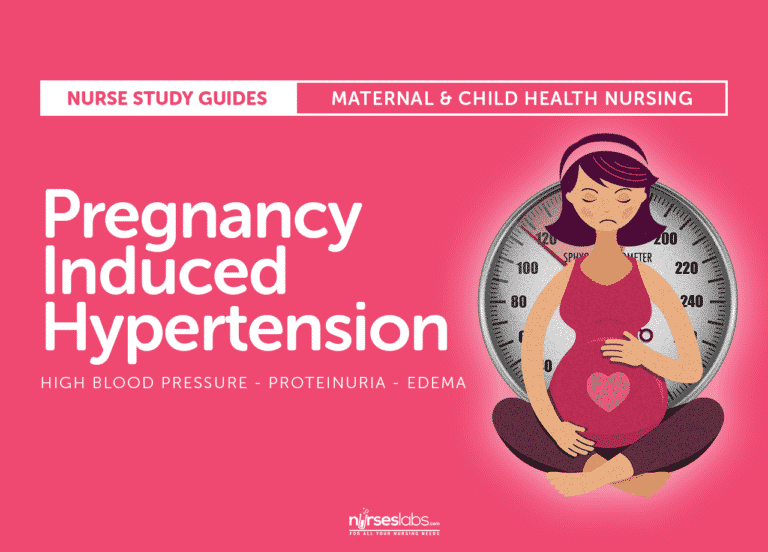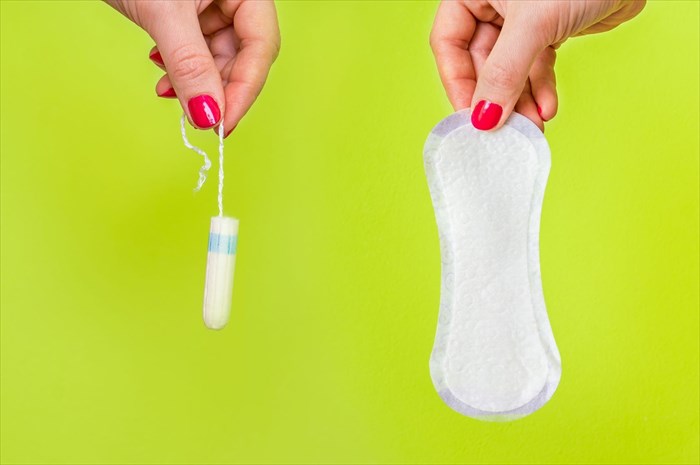
What is Pregnancy induced hypertension?
Pregnancy-induced hypertension (PIH) is a kind of high blood pressure that occurs during pregnancy. It happens in around 7 to 10% of all pregnancies. Toxaemia or pre-eclampsia are other terms for pregnancy-induced hypertension.
Here, one other kind of high blood pressure is chronic hypertension, which is high blood pressure that exists prior to pregnancy. It is especially common in young women who are pregnant for the first time. It is more prevalent in twin pregnancies and in women who have previously had PIH.
Eclampsia is a severe type of prenatal hypertension. Seizures are common in women suffering from eclampsia. Eclampsia affects around one in every 1,600 pregnancies and, in most instances, arises towards the end of pregnancy.
HELLP syndrome is a severe preeclampsia or eclampsia complication. HELLP syndrome is a collection of physical conditions that include red blood cell disintegration, liver problems, and low platelets (cells found in the blood that are needed to help the blood to clot to control bleeding).
This was a brief about Pregnancy induced hypertension but before moving further it is also necessary to give a brief about hypertension. Also, what is the difference between normal blood pressure and hypertension during pregnancy?
HYPERTENSION:
High blood pressure, commonly known as hypertension, occurs when the pressure in the arteries exceeds the usual range.
High blood pressure during pregnancy might have a negative effect on the body. Mothers who have high blood pressure during pregnancy are more likely to have difficulties before, during, and after giving delivery. Not only is the mother’s health jeopardised, but high blood pressure during pregnancy can have bad effects on the baby.
High blood pressure during pregnancy may interfere with the growth of the placenta, limiting the baby’s nutrition and oxygen supply. This may result in premature birth, low birth weight, placental detachment (abruption), and other difficulties for the infant.
What are the various types of high blood pressure in pregnancy?
During pregnancy, there are numerous forms of elevated blood pressure. The degree and effect on the body of each of these categories vary. High blood pressure during pregnancy might take the following forms:
Chronic hypertension refers to high blood pressure that exists before pregnancy.
Chronic hypertension with preeclampsia on top: Preeclampsia is a condition that occurs in people who have persistent hypertension (high blood pressure before pregnancy).
Gestational hypertension: High blood pressure is seen at the end of pregnancy, but no additional signs or symptoms of preeclampsia are present. Some women may develop preeclampsia later in pregnancy, whereas others will most likely have high blood pressure (chronic hypertension) before the pregnancy.
Pre-eclampsia: A condition that occurs exclusively in the second part of pregnancy and causes hypertension, protein in the urine, and widespread swelling in the mother. It may have an effect on other organs and induce seizures (eclampsia).
What is the impact of pregnancy-induced hypertension?
High blood pressure causes an increase in blood vessel resistance. This may impede the flow of blood in the pregnant woman’s liver, kidneys, brain, uterus, and placenta, among other organ systems.
Other complications may also arise as a consequence of PIH. Some pregnancies may result in placental abruption (premature removal of the placenta from the uterus). PIH may potentially cause prenatal issues such as intrauterine growth restriction (poor foetal growth) and miscarriage.
Severe PIH, if left untreated, may cause fatal convulsions and possibly death in both the mother and the baby. Because of these dangers, the baby may need to be delivered before 37 weeks of gestation.
What is the root cause of pregnancy-induced hypertension (PIH)?
PIH’s cause is unclear. Some conditions, such as the following, may increase the likelihood of developing PIH:
- a history of hypertension (high blood pressure)
- kidney disease
- diabetes
- PIH from a previous pregnancy
- mother’s age under 20 or over 40
- numerous foetuses (twins, triplets).
What are the signs of pregnancy-related hypertension?
The most prevalent symptoms of elevated blood pressure during pregnancy are as follows. However, each woman may experience symptoms in a unique way. Symptoms might include:
- High blood pressure,
- Edema (swelling),
- Unexpected weight gain,
- Hazy or double vision,
- Nausea,
- Vomiting,
- Right-sided upper abdominal discomfort or pain around the stomach,
- Peeing in little quantities,
- Alterations in liver and kidney function tests.
Symptoms of an unborn child
Slow growth is the primary symptom of pre-eclampsia in the unborn baby. This is caused by a lack of blood flow to the infant through the placenta. The developing infant is deprived of oxygen and nutrients, which has an impact on their development.
Pregnancy-induced hypertension (PIH) treatment options include:
- Relax in bed (either at home or in the hospital may be recommended).
- Inpatient care (as specialised personnel and equipment may be necessary).
- Sulphate of magnesium (or other antihypertensive medications for PIH).
- Foetal monitoring (to examine the foetus’s health while the mother has PIH)
- Foetal movement counting is the practice of keeping notes of foetal kicks and movements. A shift in the quantity or frequency may indicate that the foetus is in distress.
- Nonstress testing is measuring the foetal heart rate in response to the movements of the foetus.
- A biophysical profile is a test that combines non-stress testing with ultrasonography to examine the baby.
- Doppler flow studies are a form of ultrasonography that employs sound waves to evaluate blood flow through a blood artery.
- Urine and blood tests are still being done at the lab (for changes that may signal to worsen PIH).
- Corticosteroids are drugs that may aid in the maturation of the foetus’s lungs (lung immaturity is a major problem of premature babies).
- The child’s birth (if treatments do not control PIH or if the foetus or mother is in danger). In certain instances, a caesarean birth may be advised.
How is PIH dealt with?
If you suspect pre-eclampsia, call your doctor or midwife as soon as possible.
If you’re dealing with pre-eclampsia at home, make sure you’re drinking enough to keep your urine a light yellow colour. Do not use alcohol, drugs, or cigarettes, and keep up with all of your antenatal visits.
Gentle exercise and sitting with your feet lifted might be beneficial.
Pre-eclampsia complications
Pre-eclampsia, if left untreated, may raise the chance of a stroke, poor kidney and liver function, blood clotting issues, fluid in the lungs, and seizures. There is also a greater danger that the placenta would split from the uterine wall, resulting in a haemorrhage (called placental abruption).
The baby may be born early, undersized, or even stillborn.
Preventing pregnancy-induced hypertension:
Early identification of women at risk for pregnancy-induced hypertension may aid in the prevention of various illness consequences. Education about the warning indicators is particularly crucial since early detection may allow women to undergo treatment and prevent the illness from deteriorating. You can look for a free online doctor that can give proper guidance on PIH.
Calcium is a key vitamin in pregnancy-induced hypertension (PIH). Aside from food sources, geophagia has been shown to deliver the calcium required to avoid PIH. These soils have been found to contain high levels of heavy metals, which have been linked to hypertension.



